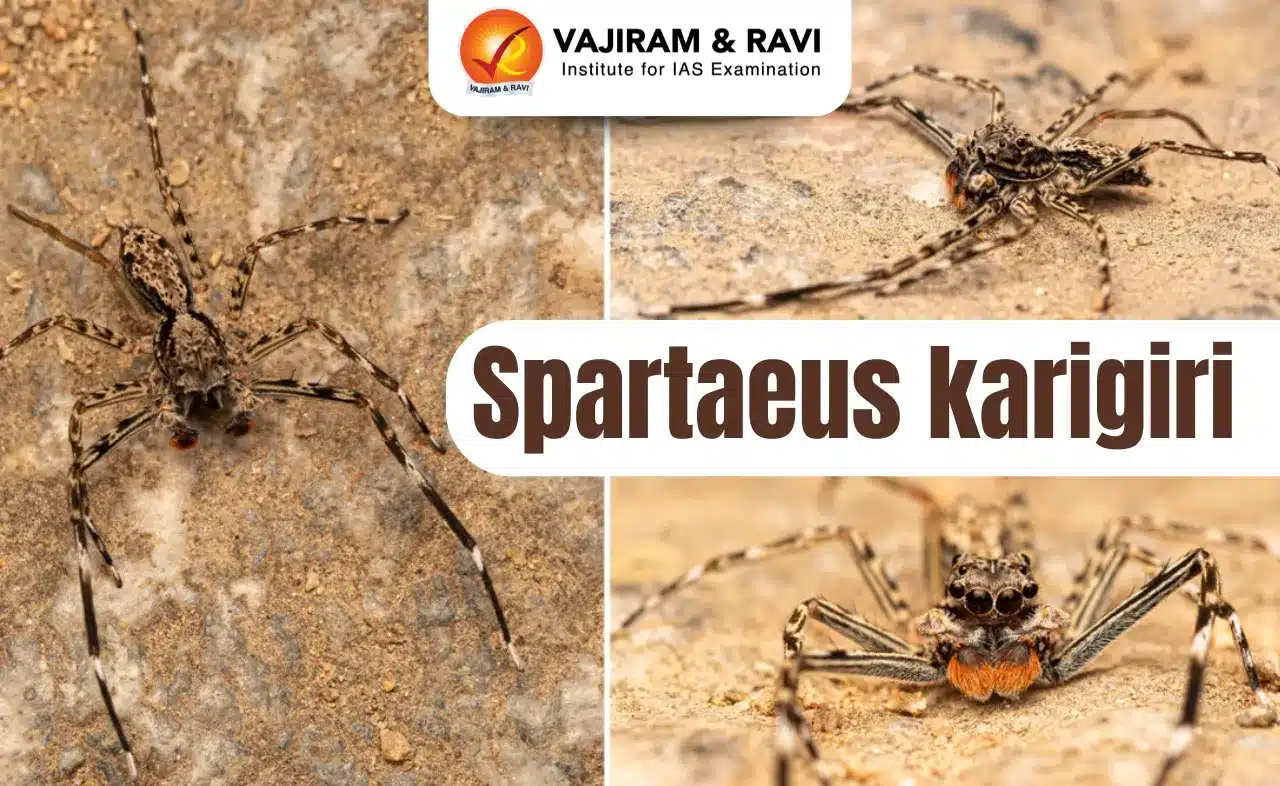Rudrastra Latest News
India’s latest homegrown battlefield tech marvel Rudrastra was successfully tested by the Indian Army.
About Rudrastra
- It is a hybrid Vertical Take-Off and Landing (VTOL) drone developed by Solar Aerospace and Defence Limited (SDAL).
Features of Rudrastra
- It can not only take off like a helicopter but also cruise like an aircraft, making it versatile and hard to spot.
- The drone is equipped with smart warheads meant for anti-personnel roles, meaning it can target enemy soldiers and positions with high accuracy.
- It can hit targets more than 50 km away.
- In tests at the Pokhran range, it demonstrated a full range of 170 km and stayed in the air for nearly 90 minutes, relaying real-time video and returning on its own.
- It even dropped an airburst munition that exploded low to the ground, damaging a wide area, perfect for enemy camps or artillery.
- It’s meant for deep strikes, think enemy artillery guns or terrorist hideouts well inside hostile territory.
- The drone can quietly sneak in, strike, and return, all without risking lives. It gives the Army a powerful “stand-off weapon” that works from a safe distance
Source: ET
Rudrastra FAQs
Q1: What is a vertical takeoff and landing vehicle?
Ans: Vertical takeoff and landing (VTOL) aircraft have the capability to take off from a standstill, rise straight up, fly from one place to another, and then set down vertically again.
Q2: What is the difference between stand-off and stand-in weapons?
Ans: Typical stand-off weapons include cruise missiles, glide bombs and short-range ballistic missiles. Standoff missiles belong to the larger class of ranged weapons and are complemented by the Stand-in Attack Weapon (SiAW), a missile with a shorter range that is fired by an aircraft after penetrating enemy airspace.













